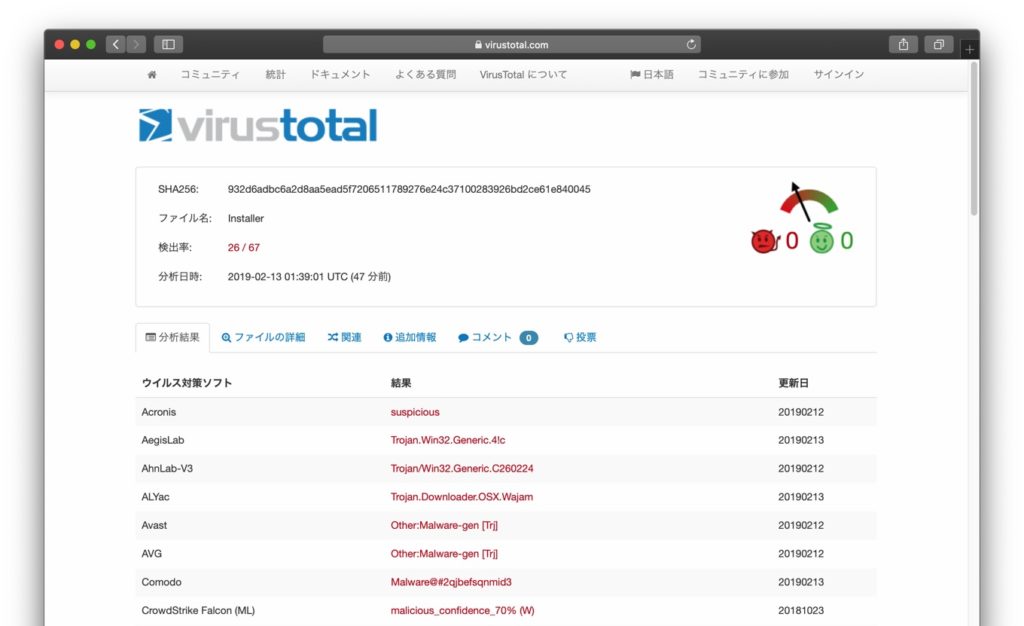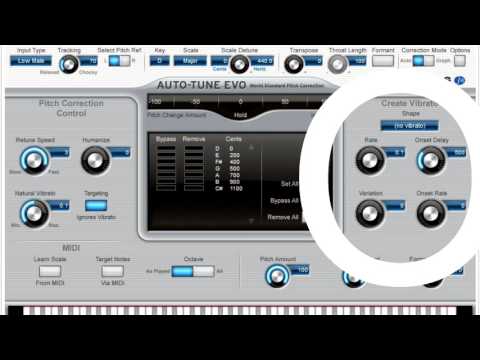
- LITTLE SNITCH FOR MAC 10.14 HOW TO
- LITTLE SNITCH FOR MAC 10.14 UPDATE
- LITTLE SNITCH FOR MAC 10.14 PRO
- LITTLE SNITCH FOR MAC 10.14 CODE
- LITTLE SNITCH FOR MAC 10.14 PASSWORD
For example, my MacBook boot drive is called “MacBook HD”, so the command I would type is: cd ‘MacBook HD’ (Note: If your system drive has any spaces in it’s name, then put the name in single quotes. Begin typing in Terminal following commands:.Now select Disk Utility -> Quit then Utilities -> Terminal.
LITTLE SNITCH FOR MAC 10.14 PASSWORD
LITTLE SNITCH FOR MAC 10.14 HOW TO
In that article, the section titled “Un-Assigned Kernel Misfiring” explains how to boot into Recovery Mode and launch Terminal utility. Provides some helpful information regarding: This article ( MacBook Will Not Start Up After macOS Update, How-To Fix) LittleSnitch.kext (Creator: LittleSnitch).ParagonSnapshot.kext (Creator: Paragon).Īfter I removed the following KEXT files from the /Volumes//Library/Extensions/ directory, my MacBook booted up properly, and finished installing the Mojave update: Using terminal command in Recovery Mode, you should be able to resolve this problem by removing unsigned kext extensions from location: /Volumes//Library/Extensions/. Sometimes these un-signed kernel extensions cause this headache after a macOS update. Starting with Yosemite, kernel extensions must be code-signed by the developer with Apple authorization or macOS won’t load them. The kernel typically manages Input / Output (I/O) requests, and in macOS the file ends in.

LITTLE SNITCH FOR MAC 10.14 CODE
Kernel Extensions are pieces of code that extends the capability of the base kernel of an operating system.

This time I did some more research, and discovered that the issue may be caused by unsigned kernel extension (KEXT) files existing on my HD.
LITTLE SNITCH FOR MAC 10.14 UPDATE
My computer automatically installed the update overnight, and in the morning, my screen was showing circle slash. This happened again the other day with the recent Mojave 10.14.2 update. In the past, the only way I was able to get around the problem, is by re-formatting my HD, installing latest version of Mojave OS, and then migrating all my data from my Time Machine backup.
LITTLE SNITCH FOR MAC 10.14 PRO
I have a MacBook pro running MacOS Mojave.įor the past year or so, every time a new MacOS update rolls out, and is attempted to be installed on my MacBook, it ends up displaying the circle slash (Prohibitory Symbol). SOLVED: MacBook Will Not Start Up After macOS Update It feels like there is something wrong with the Windows Server (which is mentioned in the above Little Snitch article) and that there has been an issue building the kernel while updating Little Snitch but I'm not sure how to diagnose further and/or fix it.


 0 kommentar(er)
0 kommentar(er)
